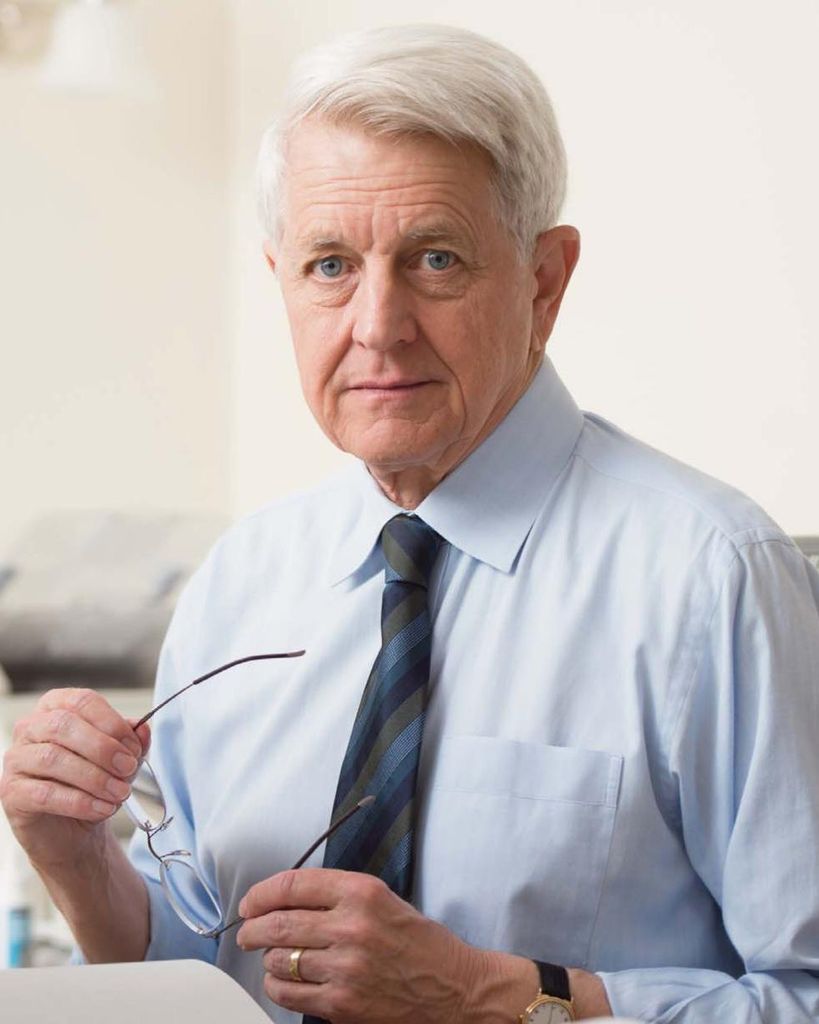

Dr. Thomas L. Neff
September 25, 1943 — July 11, 2024
Concord, Massachusetts
Dr. Thomas L. Neff, father of the deal that turned more than 20,000 Russian nuclear warheads into U.S. electricity, died on Thursday in Concord, MA. He was 80.
His improbable life began in Lake Oswego, Oregon. The son of a local entrepreneur who taught classes at Lewis & Clark College, he grew up in a largely blue-collar neighborhood. He graduated from Lake Oswego High School in 1961. Because his father taught at Lewis & Clark, he attended there tuition-free. In college, Tom concentrated in math, physics, and English, graduating Summa Cum Laude in 1965. A professor in the English department gave him his first big break. As the story went, Tom was walking across campus when the English professor stopped him and asked if he could nominate Tom for a Danforth Fellowship – a full graduate-school scholarship to the school of his choice.
With the Danforth Fellowship, Tom attended Stanford University and began a doctoral program in physics in 1965. At the time, Stanford and the Stanford Linear Accelerator Center (“SLAC”) were the center of particle physics research. SLAC’s first director, Wolfgang “Pief” Panofsky, became Tom’s mentor. Panofsky had served as a consultant to the Manhattan Project, helping build the first atomic bomb, and was himself a passionate arms control advocate.
Panofsky was the second person to change the course of Tom’s life. He hired Tom as an executive assistant to help him with his duties as the president of the American Physical Society and member of the President’s Science Advisory Committee. Tom attended meetings in Washington, D.C. in lieu of Panofsky – a young graduate student in sandals at the table with famous scientists twice his age. But he didn’t think his relative inexperience meant he should stay silent; in one high-level meeting with President Ford, he sat himself right next to the President. When President Ford complained off-hand that his knee was hurting him, Tom seized the opportunity to suggest that additional funding for science research might help solve his knee problem. Out of these meetings, the Ford administration would restore scientific advisory capabilities in the Executive Office of the President.
During this time as a graduate student at Stanford, Tom had two children, Chris and Marc Neff. He spent much of his free time hiking all over the West and sharing his love of the outdoors with his sons. An avid photographer, he took his camera with him and documented their travels. He hung his photographs of the Stanford hills and Wind River Range throughout his house on the East coast later in life, as a reminder of their times together.
Tom graduated Stanford with a Ph.D. in physics in 1973 and went on to post-docs at Lawrence Berkeley National Laboratory and the Center for Theoretical Physics at Massachusetts Institute of Technology. During this period, he continued his work assisting APS chairs, and also served as a chief staff officer for the Ford Foundation’s comprehensive Nuclear Energy Policy Study, which he later helped present to President Jimmy Carter and his cabinet. In 1977, Tom was appointed director of MIT’s International Energy Studies program, and then moved to MIT’s Center for International Studies, where he would remain a senior member throughout his life.
As the Cold War was ending in the late 1980’s and early 90’s, a new fear arose about the security of the disintegrating Soviet Union’s huge stockpile of nuclear warheads. Many worried that the cash-strapped former Soviet Union and nuclear scientists would sell their weapons and skills to the highest bidder. Foreign policy headlines ran with the threat of “loose nukes.”
Tom emerged as the right person in the right place at the right time to address this problem. Throughout his life, he believed in the persuasive power of the elegant idea – that others would recognize the “rightness” of a thing and mobilize to make it happen. This mindset would help him make his idea a reality. He hit upon a simple solution to the “loose nukes” problem: Why not let Moscow sell the highly enriched uranium (HEU) from its warheads for cash (which it wanted to do anyway), and have the U.S. purchase it and dilute it down as fuel to generate electricity? If the U.S. continued paying the Russians for their warheads, it would give them the cash they needed to secure their arsenal and continue paying their nuclear scientists. The U.S., in turn, would get a cheap source of electricity. He drafted up his win-win idea and set about putting it in front of key decisionmakers.
On October 19, 1991, Viktor Mikhailov, head of the Soviet nuclear weapons complex, was in D.C. with a Russian delegation for meetings on demilitarization. Frank von Hippel, one of the organizers who knew of Tom’s HEU proposal, invited Tom to attend the meetings. During a break, Tom noticed Mikhailov standing by himself with an interpreter in the hallway, chain smoking. Tom approached, analysis in hand, and simply asked Mikhailov point-blank if he would be willing to sell fuel from Russian warheads. Mikhailov responded that he was interested, took a copy of Tom’s analysis, and after a pause, asked “How much?” Tom had not anticipated this question. He had no idea how many tons of highly enriched uranium Russia had in the Soviet arsenal, so he simply guessed and said, “500 metric tons.” Mikhailov thought for a minute, and said he thought he could do that.
A few days later, Tom’s idea was published as an op-ed in the New York Times, under the headline “A Grand Uranium Bargain.” For the next 22 years, he worked tirelessly to shepherd what would be known as the Megatons to Megawatts program. In all, his idea turned approximately 20,000 Russian warheads into electricity, and accounted for 10% of all U.S. electricity for two decades. The final shipment of Russian uranium arrived in Baltimore in late 2013. He was presented with the 1997 Leo Szilard Award for his efforts to persuade the U.S. and Russian governments to adopt the deal, and for dedicating himself to reducing the number of nuclear weapons threatening the world.
Tom served as an advisor to the Department of State, the Arms Control and Disarmament Agency, the Executive Office of the President, the Department of Energy, Congress, and other government agencies. He also served as an advisor to governments and companies around the world. He was a Fellow of the American Physical Society and served on the Council of the Federation of American Scientists.
Tom spent his later years in Concord, MA, and Jackson Hole, WY, tending to an extensive garden and working on a book documenting the two-decade history of the Megatons to Megawatts program. He is survived by his wife Beth Harris, son Chris Neff, daughter Catherine Harris, and his grandchildren, Eva and Harrison Neff. He will be deeply missed.
Family and friends will gather to honor and remember Tom, on Saturday, September 28, 2024, at 2:00 PM, at the Concord Funeral Home, 74 Belknap St., Concord, MA.
For those who wish to attend services remotely, please visit the link below five minutes prior to the scheduled service time:
Livestream Link: https://iframe.dacast.com/b/156599/c/541148
The family asks that in lieu of flowers, donations be sent in Tom’s name to:
American Physical Society
at https://www.aps.org/about/support
NEW YORK TIMES FEATURED ARTICLE
Arrangements under the care of Concord Funeral Home, 74 Belknap Street, Concord, MA 01742 www.concordfuneral.com
Service Schedule
Past Services
Memorial Service
Concord Funeral Home
Guestbook
Visits: 1455
This site is protected by reCAPTCHA and the
Google Privacy Policy and Terms of Service apply.
Service map data © OpenStreetMap contributors
